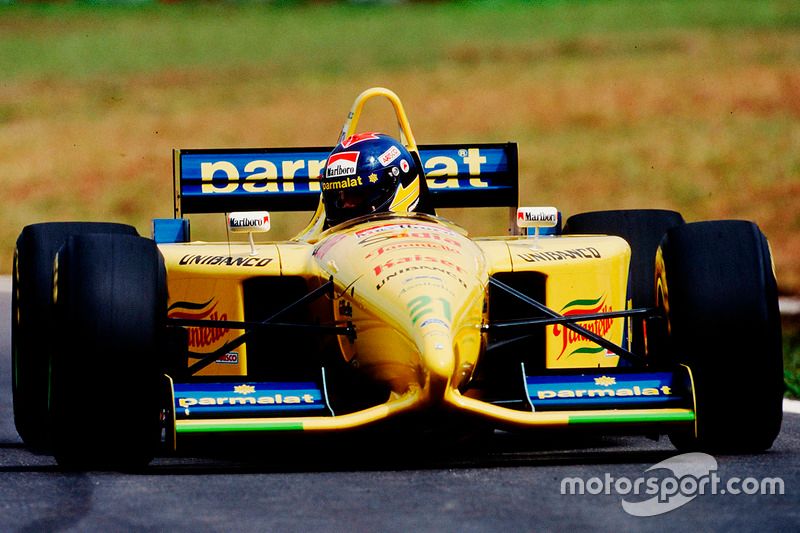Motorsport is one of the most expensive industries in the world as Red Bull paid a staggering $7,445,817 to enter the 2024 F1 season.
But costs are also high at a national level with teams paying up to £29,000 for a space on the British GT grid.
So it is no wonder why some motorsport teams will appoint a pay driver, which is a concept that’s very unique to the industry.
What is a pay driver in F1?
A pay driver is a term in motorsport for somebody who competes for free as they bring money to a team rather than being paid by it. There are various ways in which the driver may have that money whether it is through their own bank account, funding from relatives or via a sponsor.
Niki Lauda, for example, paid for an F2 seat at March in 1971 after withdrawing a bank loan. Lawrence Stroll paid Williams to give his son Lance an F1 seat for the 2017 season, while five years later Zhou Guanyu made his debut after sponsors in his native China helped him secure a spot at Alfa Romeo.
It costs a lot of money for a team to enter F1 with the lowest entry fee for the 2024 season being Haas’ at $736,737, so some constructors have previously relied on a pay driver to survive.
That was the case for Forti Corse, who entered bankruptcy during 1996 after losing its pay driver Pedro Diniz at the end of the previous year. Forti failed to score any points during its season on the grid so pay drivers tend to go to backmarkers who are short of funding.
Pedro Diniz, Forti Corse
Photo by: Motorsport Images
In the 21st century, Williams has often hired a pay driver as it was drastically short of money before its ownership change in 2020. In 2018, the team partnered Stroll with another inexperienced driver in Sergey Sirotkin who brought much sponsorship to Williams before Robert Kubica did the same in 2019.
As a result, the pay driver tag is very controversial because many reach F1 despite their skillset not deserving it to the belief of some fans.
Nikita Mazepin was an example of that as he joined Haas for the 2021 season, while his father’s chemical company Uralkali became the team’s title sponsor. Mazepin’s promotion to F1 came after finishing just fifth in F2 and results during his rookie campaign did not help the unwanted tag either, as he was slower than team-mate Mick Schumacher in every qualifying session during the season. But Mazepin only lasted a year in F1, as Haas dropped him just two weeks before…
Click Here to Read the Full Original Article at Autosport.com – Formula 1 – Stories…

